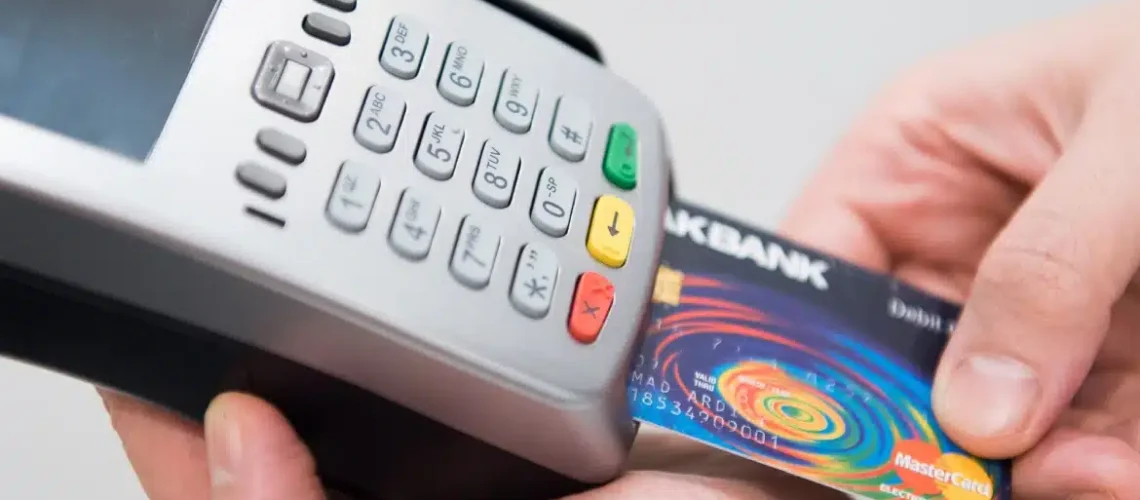In today’s digital age, most people make payments digitally. But have you ever stopped to wonder how your money travels from your account to a seller’s? Ever thought about it? No? Don’t worry; you’re not alone; many others are curious like you. So today, we’ll address the elephant in the room. Today, let’s take a look at payment processors and understand their functions. First, let’s understand what a payment processor does.
What is a Payment Processor?
First and foremost, a payment processor is a company that manages transactions between buyers and sellers. In essence, when you use your credit card at an online store, the payment processor ensures that the money gets transferred from your account to the store’s account. Additionally, these processors handle both credit and debit card transactions, making the flow of e-commerce smooth and effortless.
Also Read: Is Your POS System Running Slow? MBE POS System is The Solution
How Does a Payment Processor Work?
Imagine you’re buying a book from an online store. As you click the “buy” button, a series of steps commence in the background. Let’s break down the process step by step.
1. Transaction Authorization
When you’re about to perform a transaction, the payment processor gathers the data. Also, the processor sends the details of the transaction to your card’s issuing bank or the relevant card association (like Visa, MasterCard, etc.) to verify and authorize the transaction.
2. Transaction Verification
Then, the issuing bank checks if you have sufficient funds or credit limit. If everything is in order, the bank will authorize the transaction. Otherwise, it will decline it. Following this, the bank sends the authorization or decline response back to the Payment Gateway.
3. Completing the Transaction
Afterwards, once the Canadian POS systems receive the authorization, they forward the confirmation to the online store. This process typically takes just a few seconds. Finally, the merchant can then proceed to ship your book.
4. Settlement
Lastly, after the transaction is approved and the order is fulfilled, the wireless terminal facilitates the actual transfer of funds. Essentially, it ensures that the amount you spent on the book gets deducted from your account and credited to the online store’s account. This final step is often referred to as the settlement.
Why Are Payment Processors Vital?
You’re probably thinking why the banks can’t handle these transactions themselves, right? It’s a valid question. But remember, the number of daily e-commerce transactions might be around thousands. Thus, there’s a chance that banks might not have the ability to manage so many transactions. Therefore, payment processors make this uphill task easy. Payment processors have the technology and security necessary to make transactions easy. Additionally, they provide businesses with tools and analytics to manage and track their sales.
Different Types of Payment Processors
Payment processors aren’t a one-size-fits-all solution. Based on the specific needs and operations of businesses, various types have evolved.
1. Front-End Processors
When you think about which part the customer interacts with, you’re talking about front-end processors. These processors handle the starting part of the payment process. For instance, they help connect merchants to the card’s issuing banks to authorize the transactions. Furthermore, they provide settlement services, making sure that the funds flow as they should.
2. Back-End Processors
Once the front-end processors have done their part, the back-end processors come into play. They accept settlements from the front end and move the money to the seller’s bank account. Additionally, they are responsible for the behind-the-scenes reconciliation of accounts and ensuring that all funds are properly accounted for.
3. Full-Service Processors
Imagine combining both the front-end and back-end functions. That’s where full-service processors come in. Especially suitable for large-scale businesses and operations, these processors offer a comprehensive range of services, ensuring businesses don’t have to interact with multiple entities.
Advantages of Using a Payment Processor
So why should businesses even consider using a payment processor?
1. Improved Cash Flow
With instant transaction approvals and speedy settlements, businesses can benefit from improved cash flow. No longer do they have to wait for extended periods to get their money.
2. Increased Sales Opportunities
In today’s digital age, not offering online payment options can put businesses at a competitive disadvantage. By partnering with a payment processor, businesses can tap into a larger market, accommodating online buyers.
3. Enhanced Security
Reputable payment processors incorporate top-notch security measures, from encryption to fraud detection, ensuring that both businesses and their customers are protected.
Also Read: Newland N910 Terminal Overview
The Ending Note
Payment processors do a lot more than just processing transactions. In fact, they’re the backbone of the modern e-commerce ecosystem. They offer flexibility in transaction methods, enhance security, and ensure the seamless flow of funds. While there are challenges, the advantages far outweigh them. So, as you make your next online purchase or consider integrating one into your business, appreciate the intricate and secure processes that work tirelessly behind the scenes.
If you are looking for payment processing solutions, contact MBE POS. We have different payment processors suitable for all scales of business. So, feel free to contact us for the best solution.


